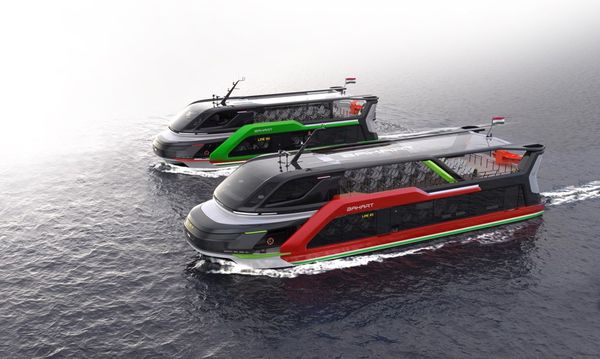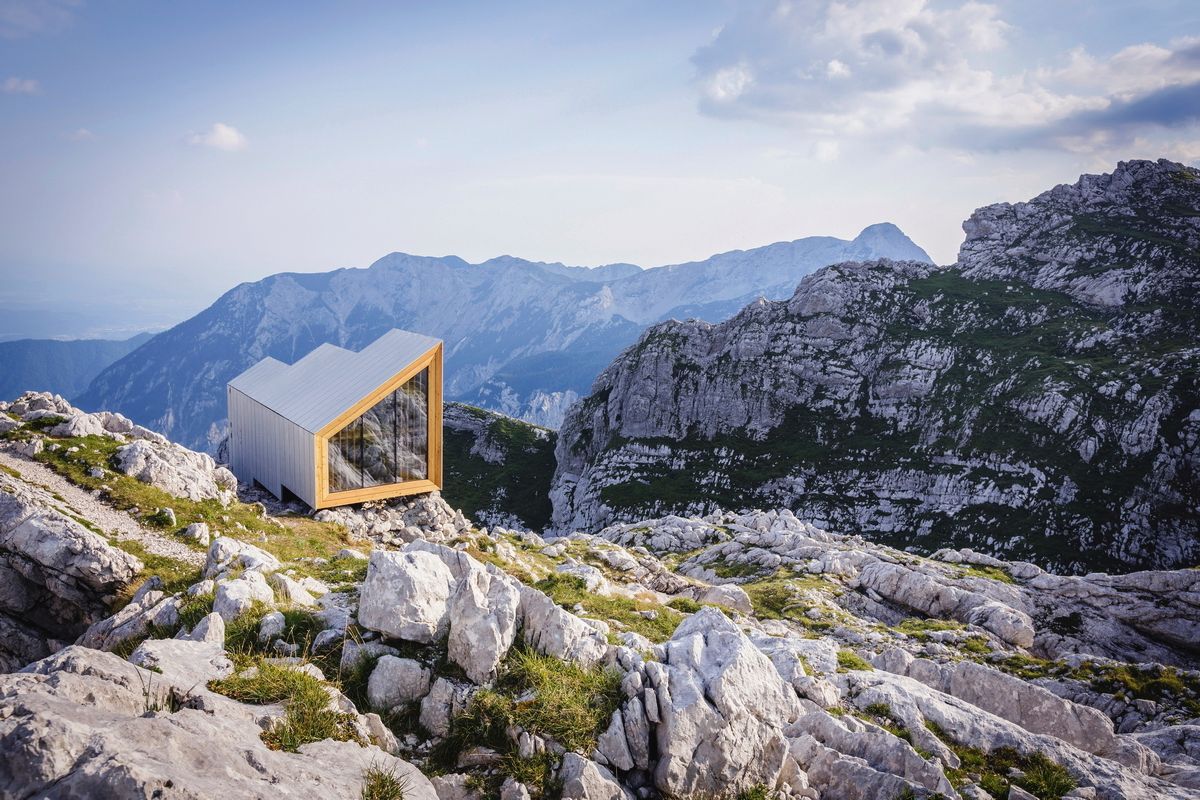The wind, the snow, landslides, the rugged terrain and the extreme weather conditions all require a specific form of architecture, structure and concept. This time, we collected mountain huts from the Slovenian Alps, having in common not only the wonderful view they offer to the Slovenian mountains, but also the fact that each of them was carried to its final place via helicopter, in a pre-fabricated manner. Let’s see the details.
Alpine Shelter Skuta
The Alpine cabin designed by OFIS Arhitekti studio and the students of Harvard university is located on the side of the Skuta, the third highest (and hardest to climb) summit of the Kamnik Alps, suitable to accommodate eight mountaineers.
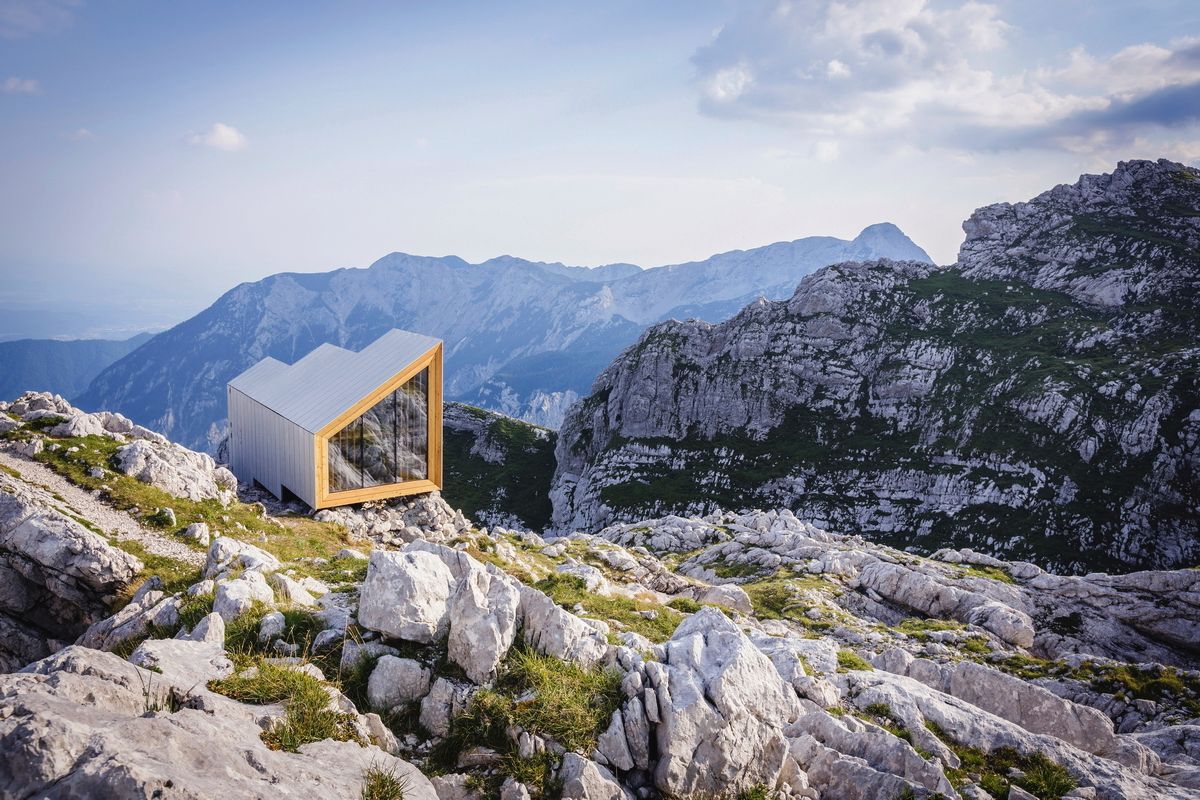
The shelter inspired by traditional Alpine and Slovenian vernacular architecture received a concrete surface, and has an inclined roof and large inlaid glass surfaces, thus providing a marvelous view to the landscape. Its cascading roofline indicates the division of the interior into three, all having different functions: the first part serves the function of entrance and a space for cooking, the second provides a space for socializing, while the third unit is supplied with bunkbeds.
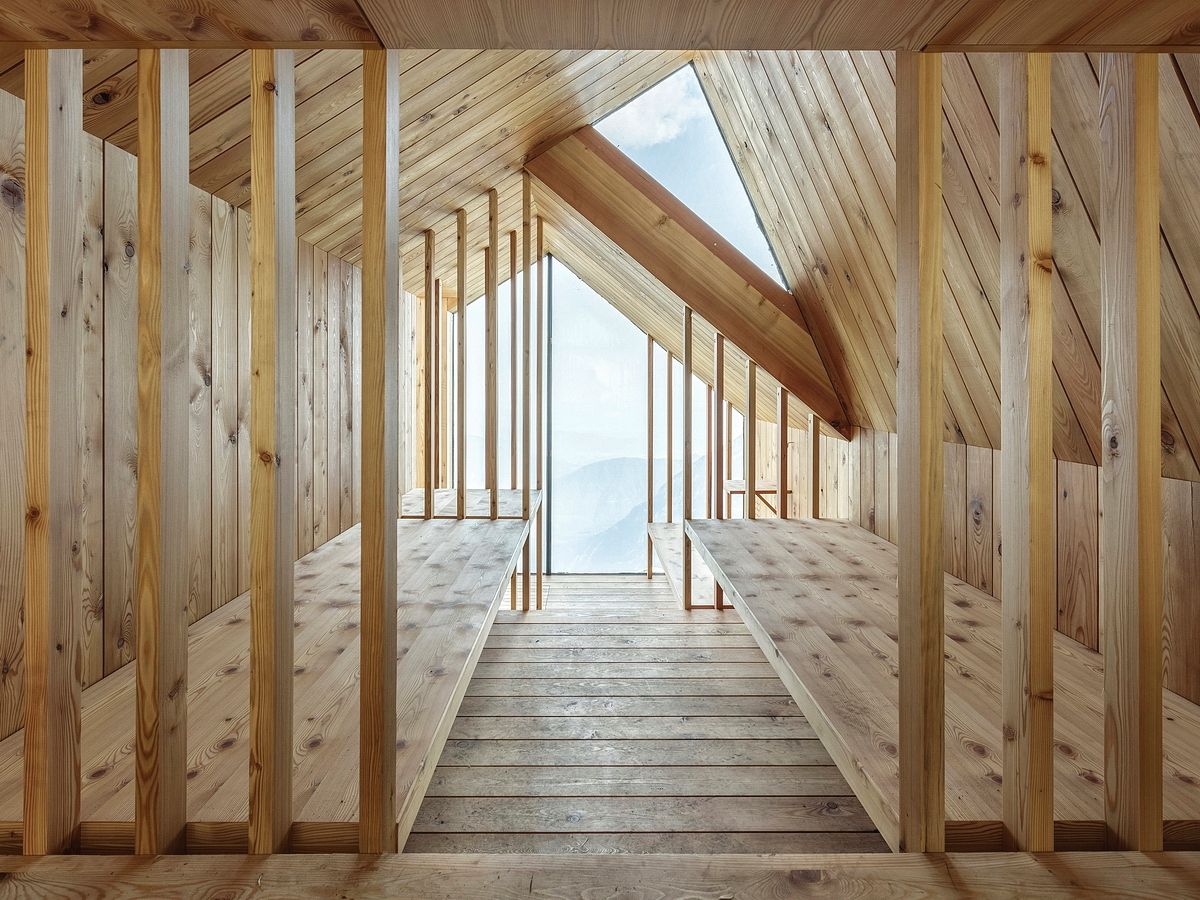
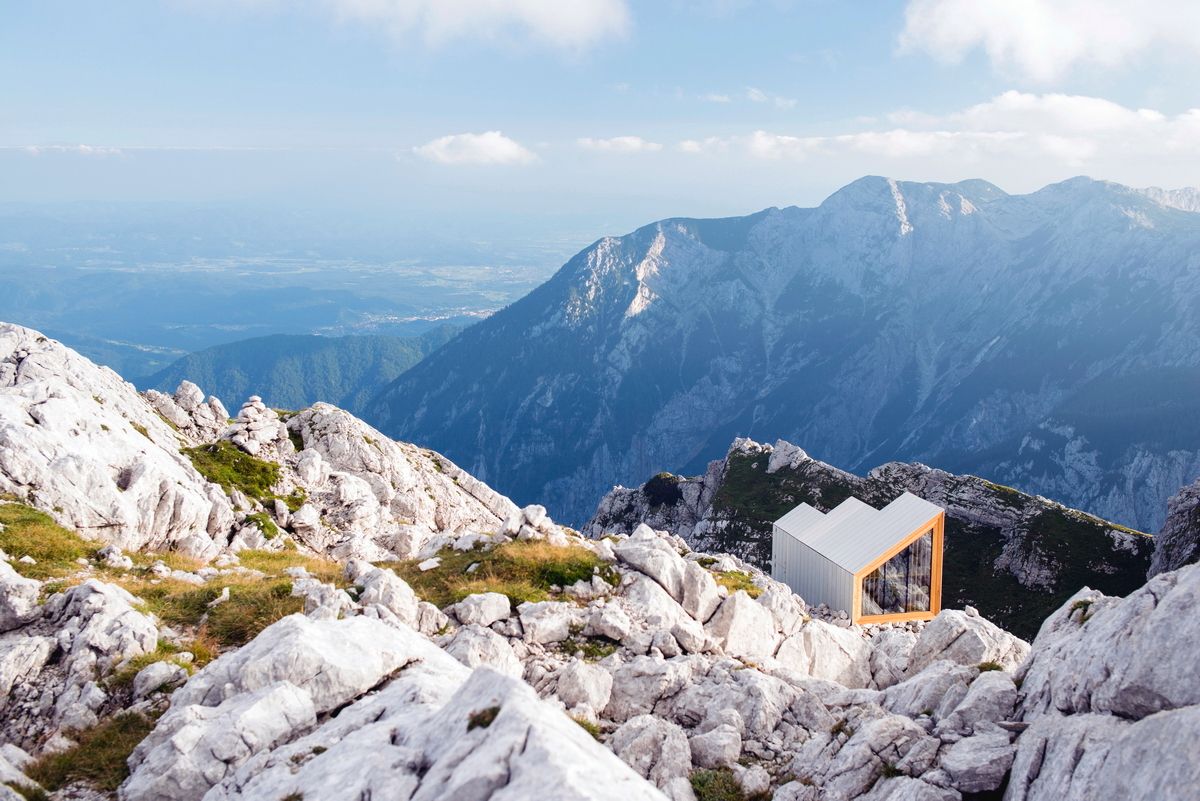

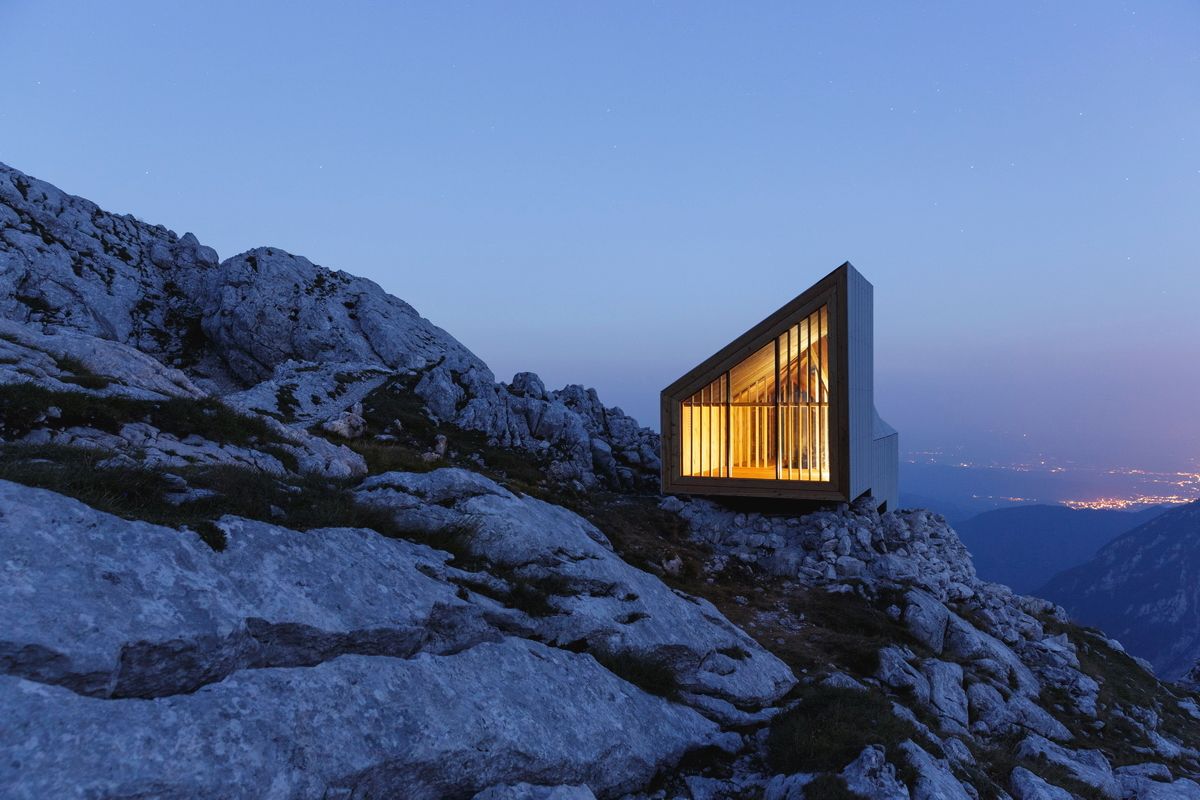
Kanin Winter Cabin
As also suggested by its name, Kanin cabin is located in the Kanin mountains, close to the Slovenian-Italian border. The shelter made of a combination of wood, glass and aluminum was also designed by OFIS Arhitekti, who created a small, 9.7 sqm narrow cabin this time, with three shelf-like stories in it: the total size of the cabin is 2.4 x 4.9 meters, suitable to provide comfortable shelter to up to nine mountaineers.
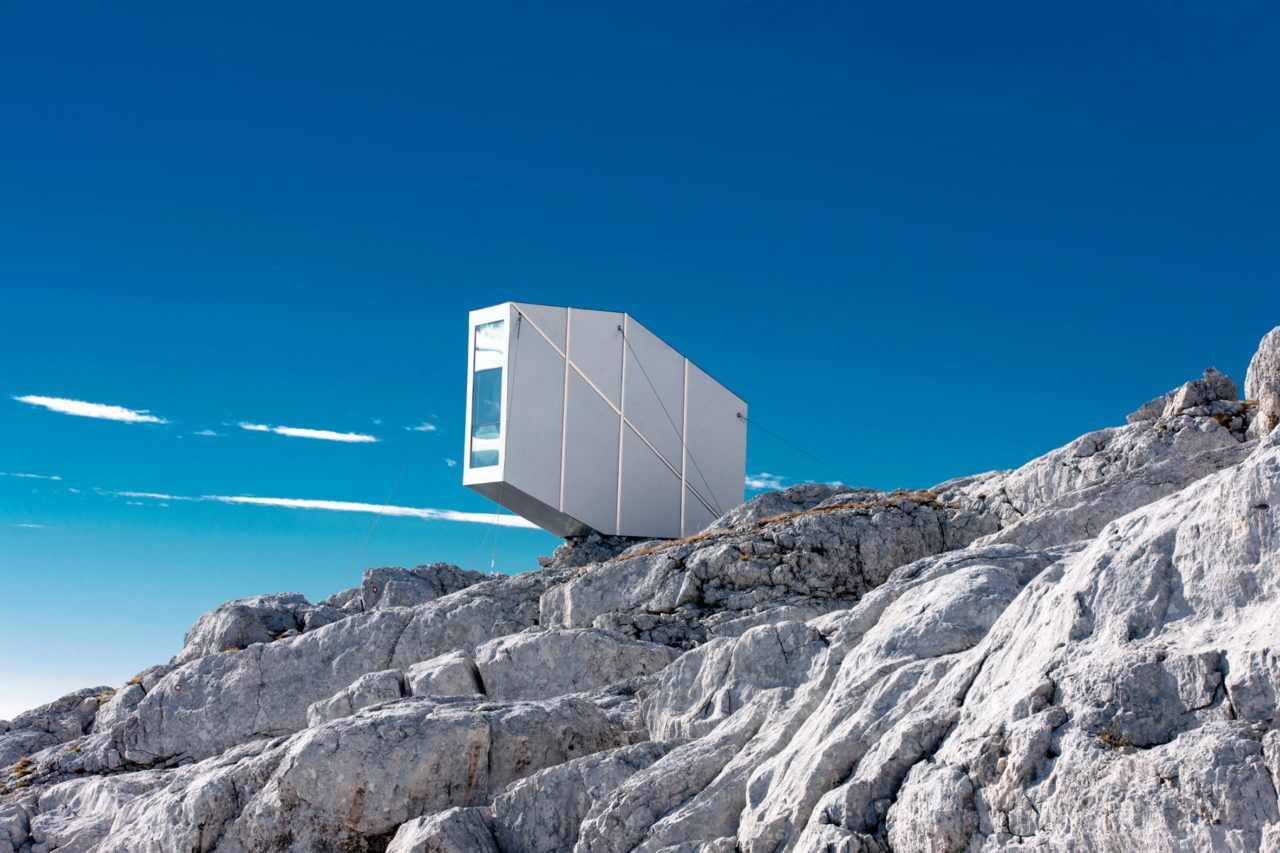
The wood-lined, clean interior gives home to three resting levels, all facing the valley through a large, panoramic window. As decoration, a deer antler trophy was placed on the wall.
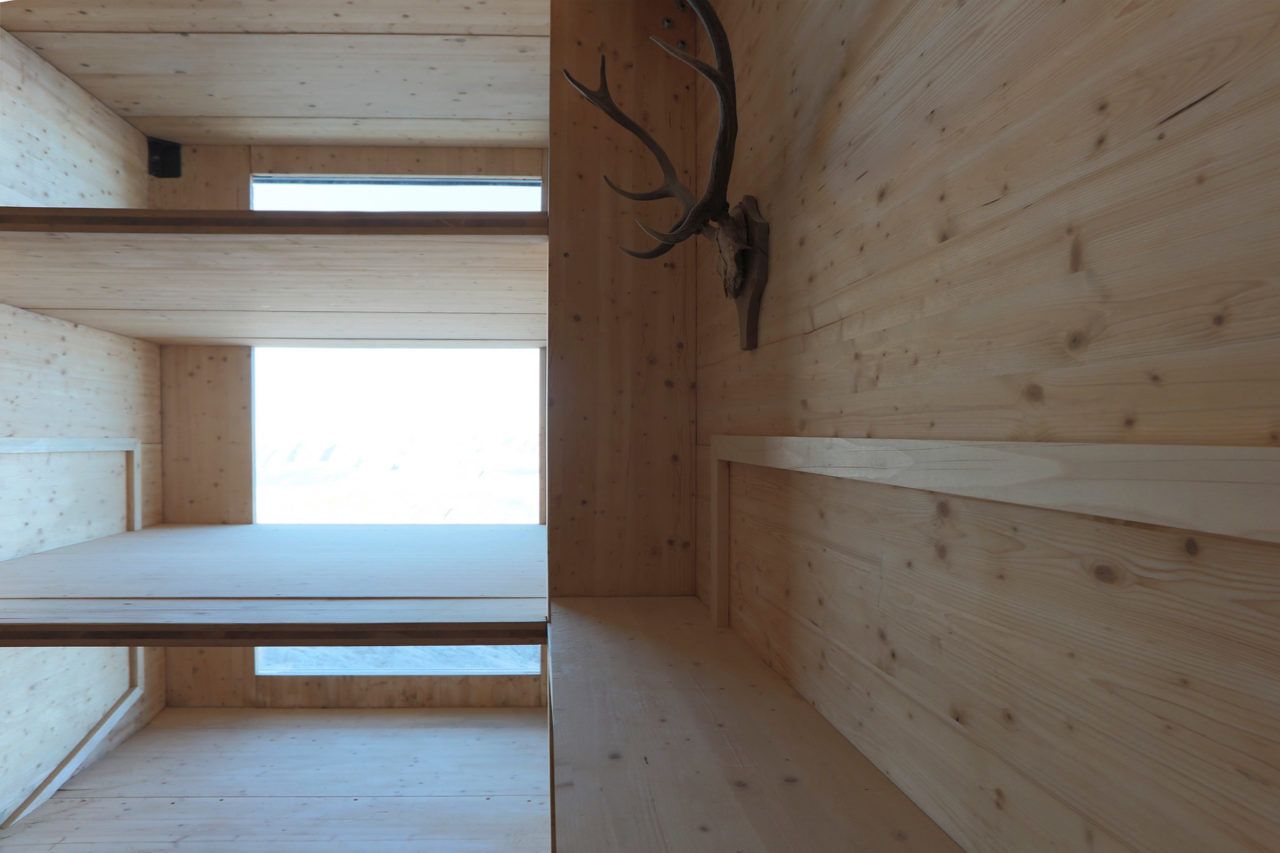
The environment of the cabin is unique in itself, but what makes it even more astonishing is that it provides a 360 degree view to Slovenia, Italy, the Triglav summit, the Soča valley and the Adriatic sea.
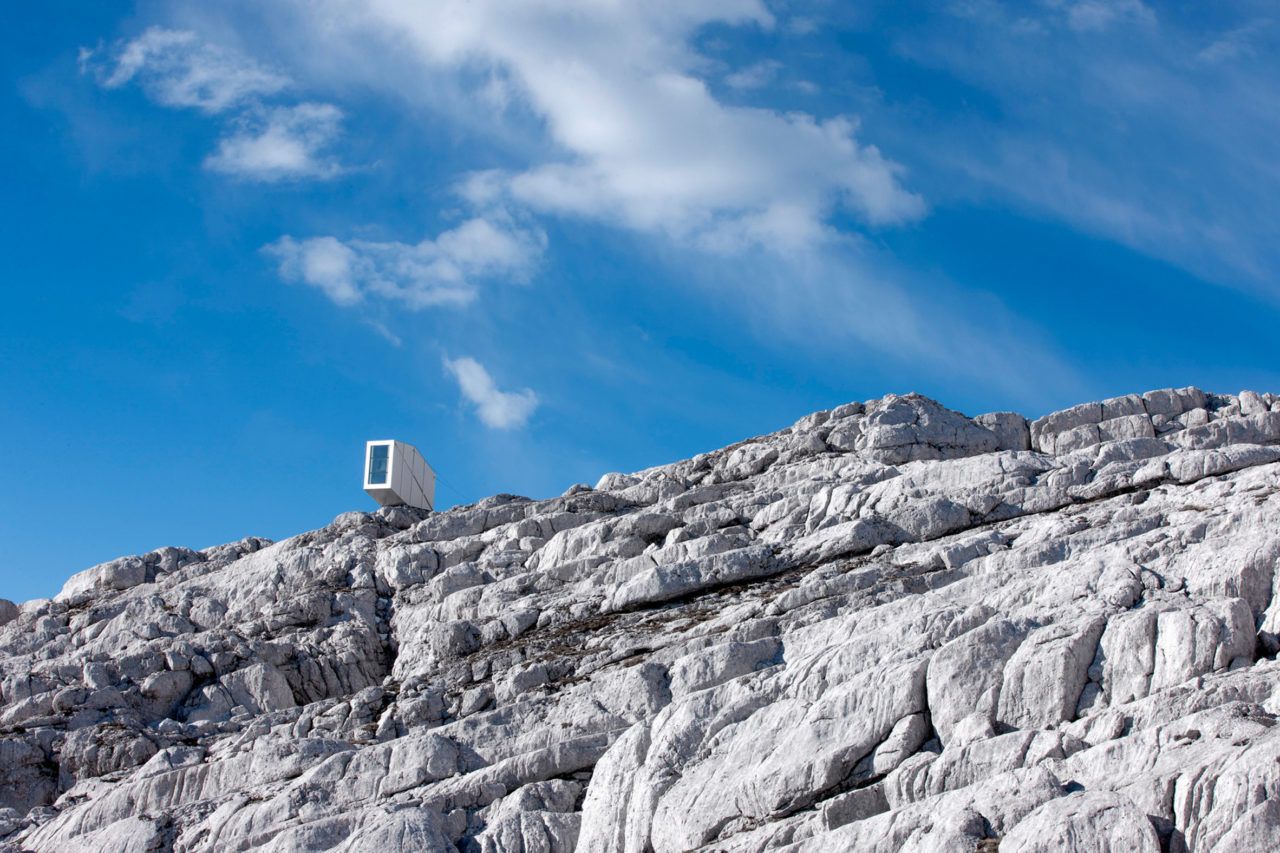
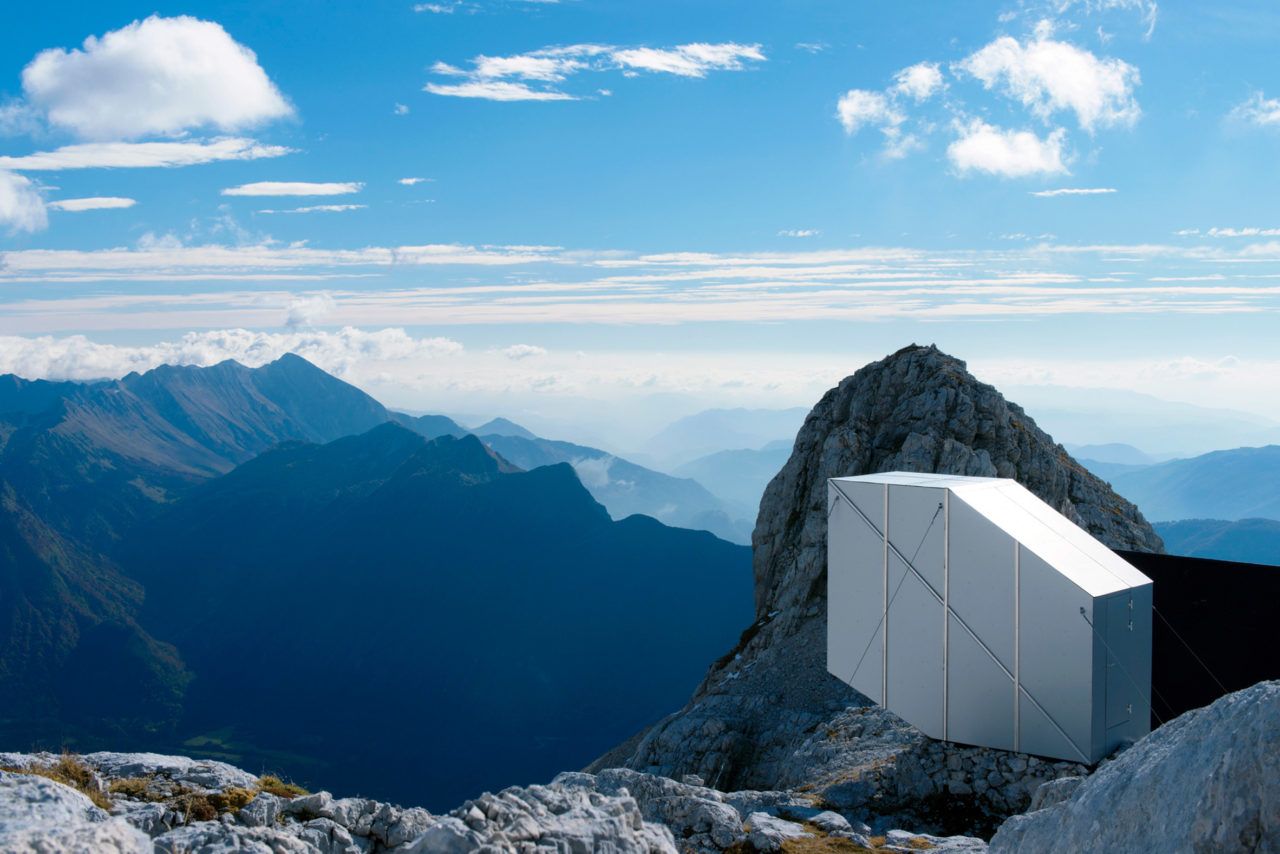
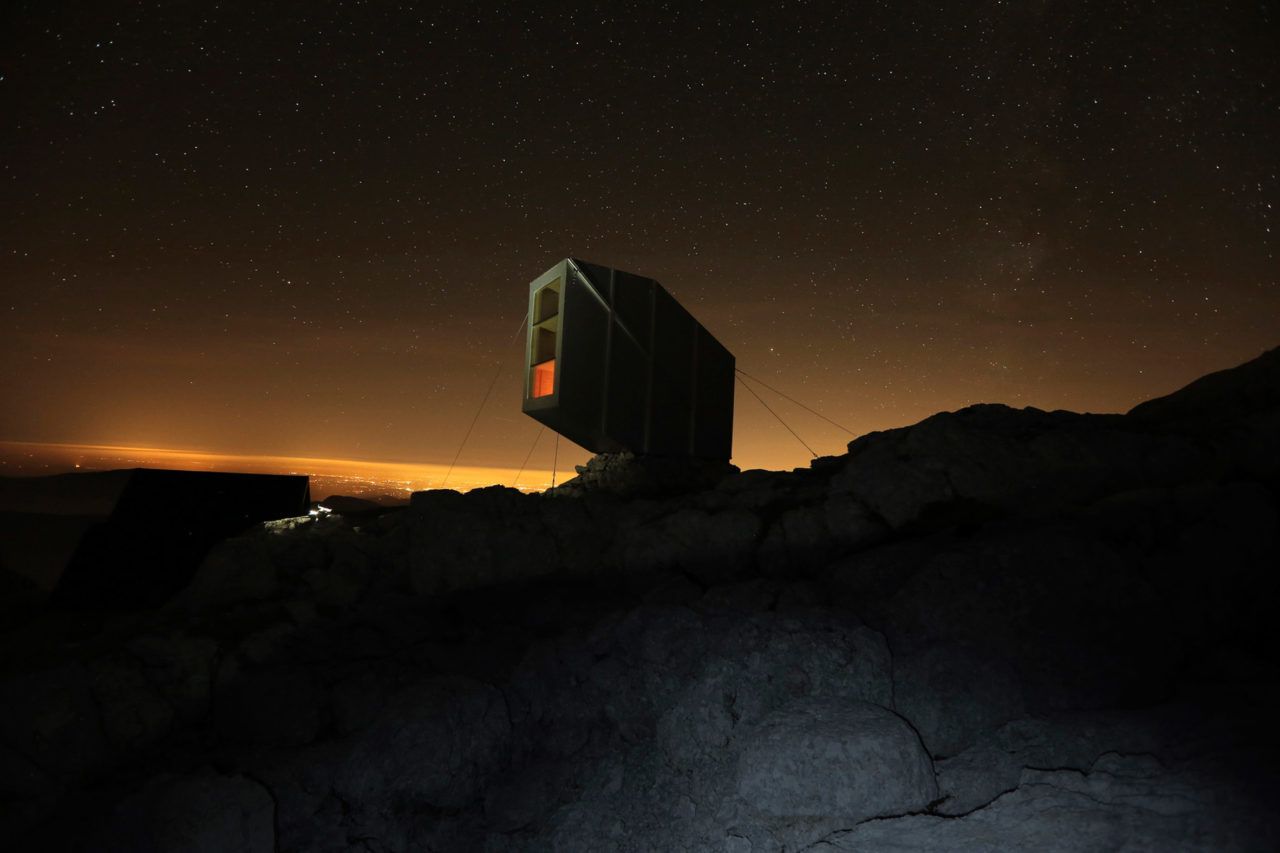
Bivak II na jezerih
The bell-shaped cabin located in Triglav National Park, the Julian Alps was made based on an Alpine shelter built in 1936, designed originally by engineer and mountaineer Karlo Korenini. The cabin redesigned by AO architect studiofollows the traditional lines of its predecessor, with a much more resistant and durable structure. The designers had to consider factors such as the 200 km/hour wind and that the weight of the cabin could not exceed 1300 kg because it was carried to its final spot via helicopter.

The structure with a total floorspace of only 9 sqm is suitable to accommodate six people, with a bench, a table and a storage unit inside.
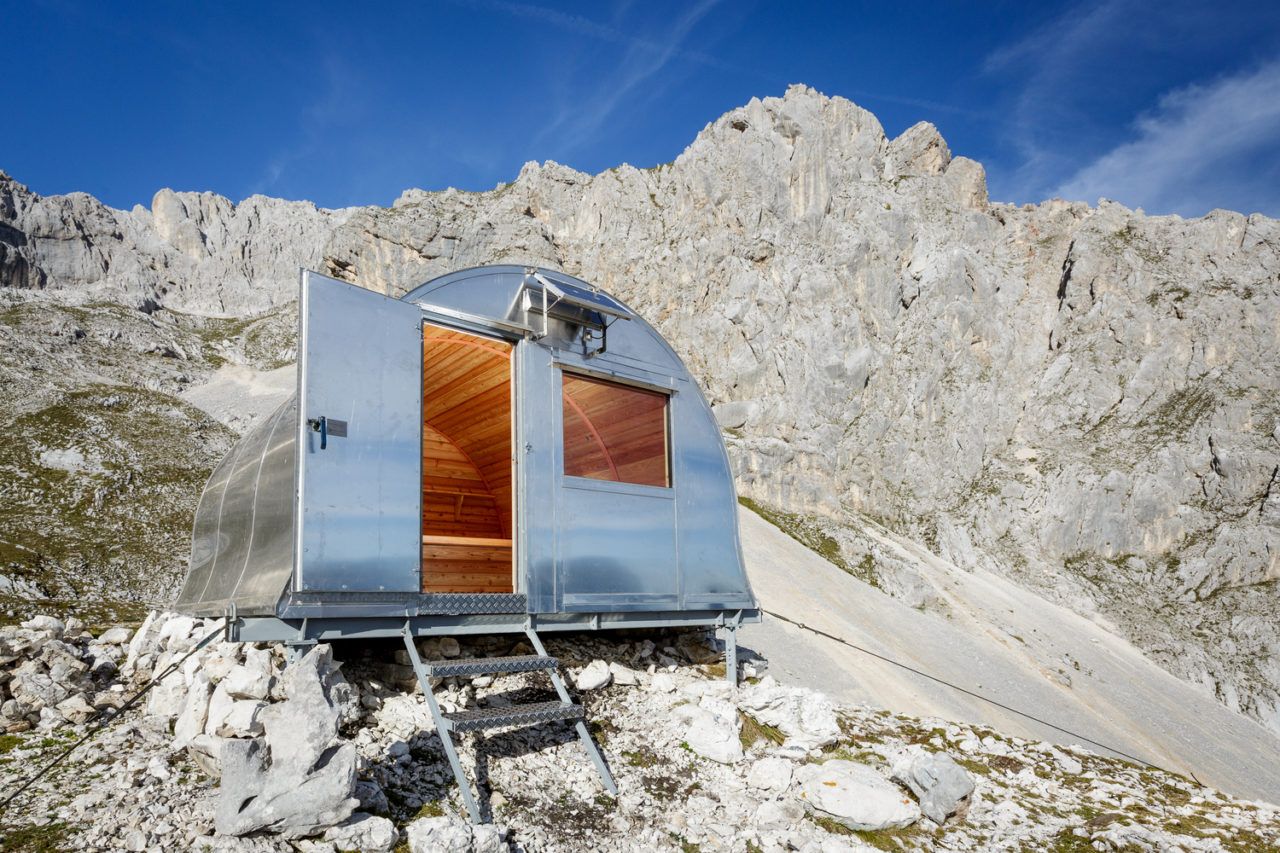
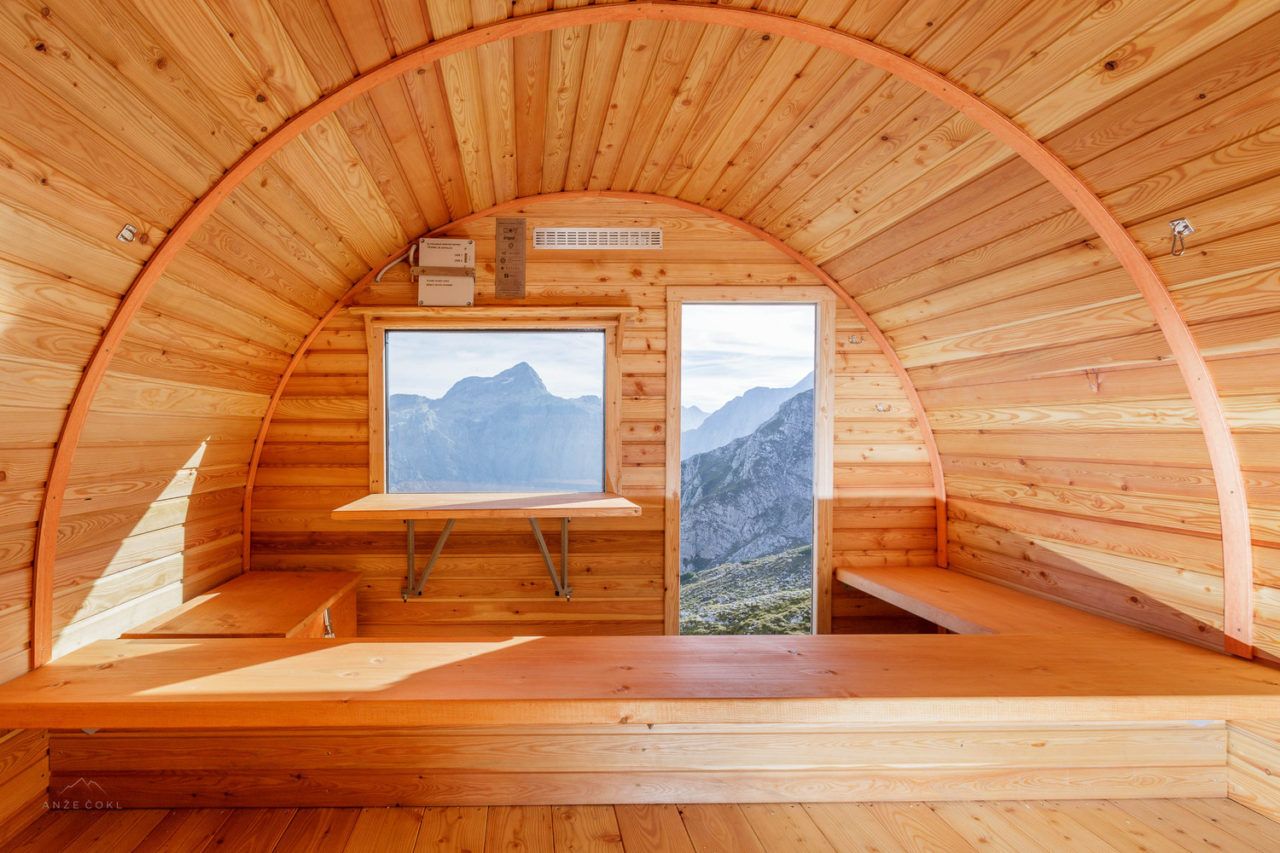
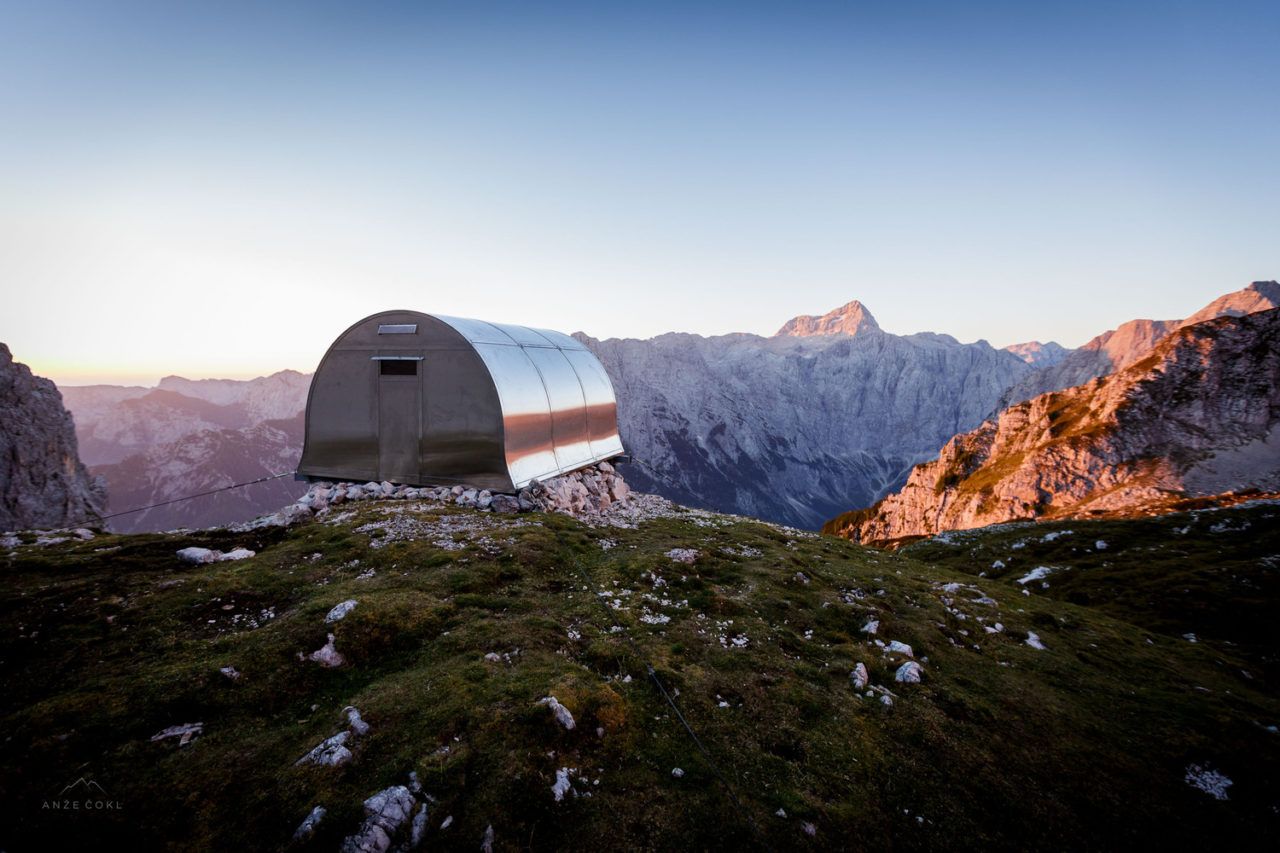
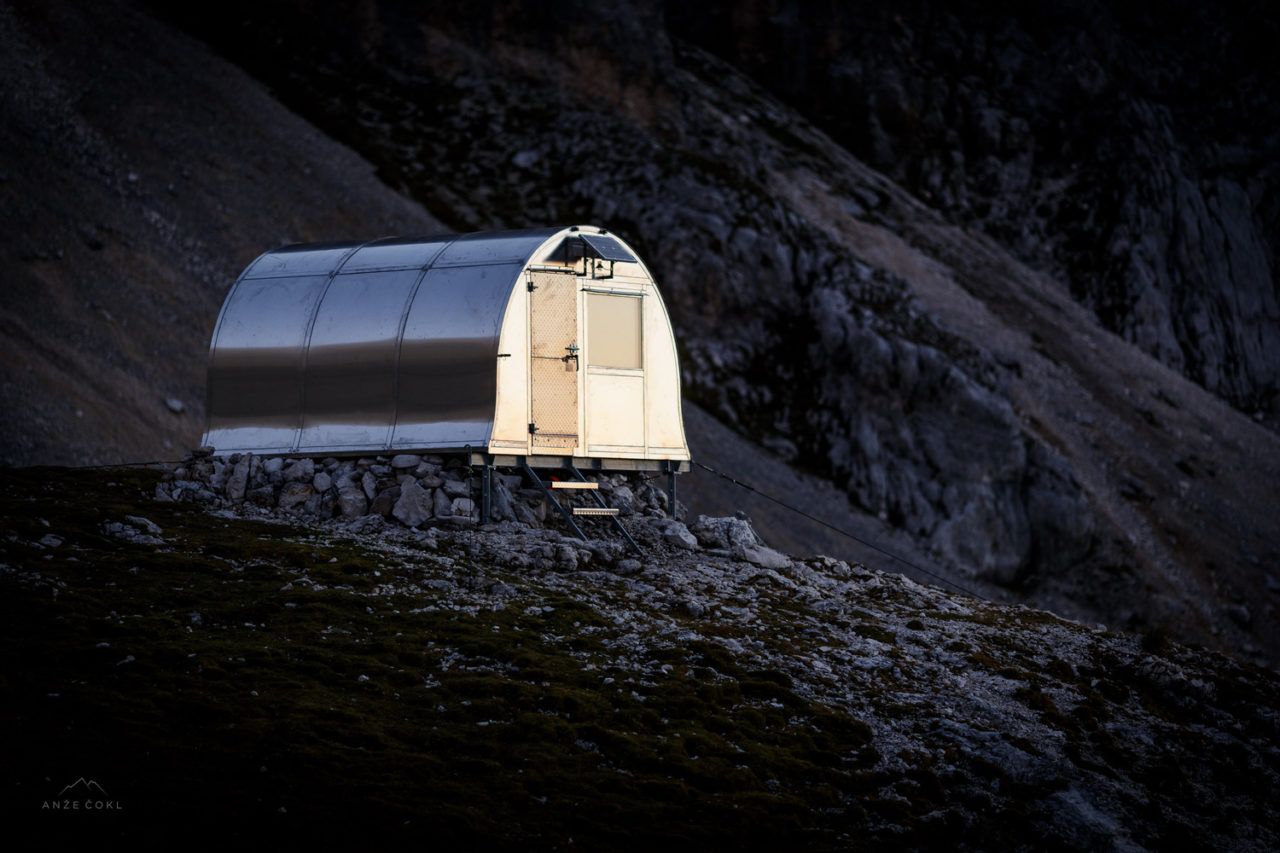
Another interesting trait he bivouacs presented all share is that all three of them were captured on the photographs of Anže Čokl, who is also an experienced and committed mountaineer. Which cabin would you like to try out first?
Anže Čokl | Web | Facebook | Instagram
OFIS Arhitekti | Web | Instagram
Source: ArchDaily

HYPE | Weekly online program guide

HIGHLIGHTS | Pure elegance
